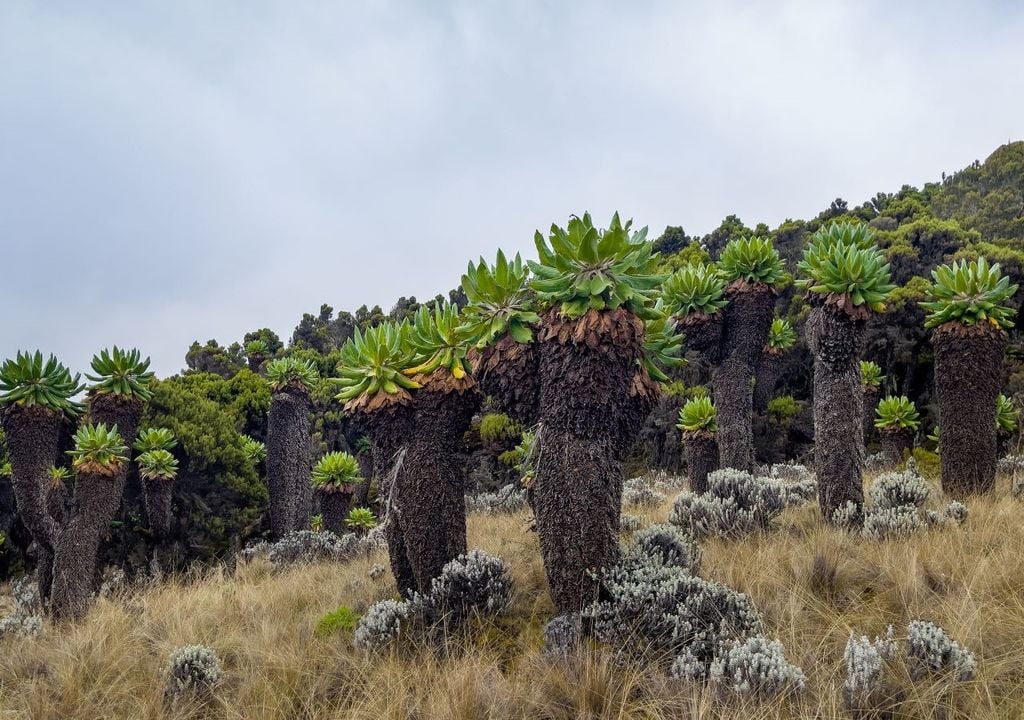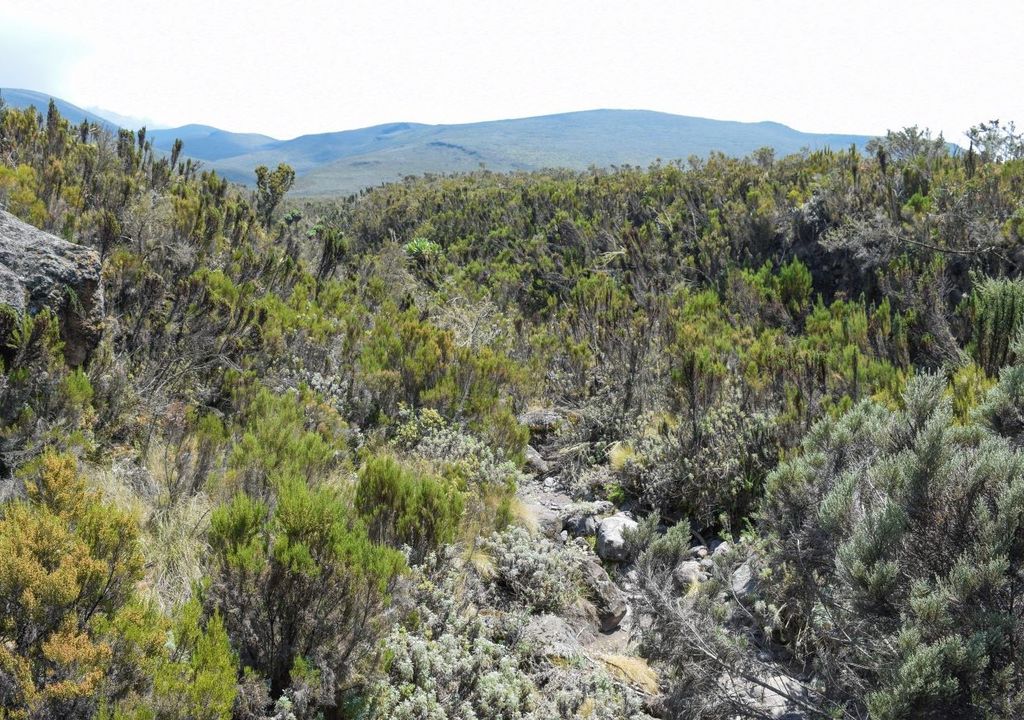
the Caromia gigas It is a type of plant in the Lamiaceae family. This plant It was found in Kenya and Tanzaniawhere Only small groups of the population survive. In 2016, during the International Botanical Gardens Conservation Expedition, six trees were uprooted Caromia gigas In a remote area of Tanzania.
Caromia gigas trees are tall and straightthey can reach approx 25 metres The branches appear at a height of 10-12 meters from the ground. This tree is very rare It has no common name in English Neither in Swahili nor in the local languages spoken in the protected areas in which it is located.
Of the more than 60,000 known tree species, Karomia gigas is among the closest to extinction It is also one of the most endangered areas in Africa.
Even from the point of view of scientific literature, we know very little about this plant. It is native to this corner of East Africa.
Cultivation abroad
In nature, this species is very sensitive to fungi that can be spread by insects. In September 2018, thousands of seeds were collected, after a series of field trips in Tanzania. These seeds were sent to St. Louis, but only about a hundred of them proved successful..
With only 21 known individuals remaining in Tanzania, Karomia gigas has been assessed as globally critically endangered. @IUCNRedList
Find out more about our work to save these species!https://t.co/x69ykTR4n8Chinese hat tree seeds – Caromia gigas (Credit @Kirsty Jane Shaw @bgci) pic.twitter.com/SwFZcw9T3m
— GlobalTree Review (@GTA_GTSG) December 10, 2021
To complicate matters, It was necessary to replicate the natural conditions of the Caromia habitat In the Missouri greenhouse, the soil, water amount and sunlight are typical of the East African climate.
The gardeners were then able to grow the seedlings by first germinating the seeds on wet paper towels, to reduce the chance of infection, and then planting them in peat moss. There are currently 30 young trees grown from seeds and one propagated by cuttings.

Since there are very few specimens of this tree in the world, Growing these plants outside can help conserve these speciesin the event of extinction in the natural environment.
What do we know about this plant?
According to some Tanzanian botanists, who have been studying this species for years, There are likely more than twenty specimens found in nature. All known populations are found in Mitundumbia Forest Reserve and Litebo Forest Reserve. These reserves have an ecosystem called The Miombo Forest, which extends across central and southern Africa.
These lands It was once the bottom of the oceanSo Its substrate is very special. Soil consists of coral remains and other materials found on the ocean floor. These trees have been studied in their native habitat and also as specimens grown in St. Louis, but their flowers have until now remained a mystery.
The future of Caromia gigas
plants Caromia gigas Located in Protected forest reserves By the government but accessible to logging. The wood of the Caromia gigas trees has been compared to teak, which is a very valuable wood.
Our partners in Tanzania recently collected seeds of the endangered Karomia gigas for breeding experiments #Field notes pic.twitter.com/es6xejGzrP
– Global Trees Campaign (@globaltrees) June 1, 2017
This species is considered protected in Tanzania. In the meantime, Many seeds are carefully preserved for safety in case of extinction in the wild. Meanwhile, a team of experts continues to work to ensure the future of these plants, sharing their knowledge with the Tanzanian government and with botanists at the University of Dar es Salaam, where research on the trees has been conducted.

“Beeraholic. Friend of animals everywhere. Evil web scholar. Zombie maven.”
